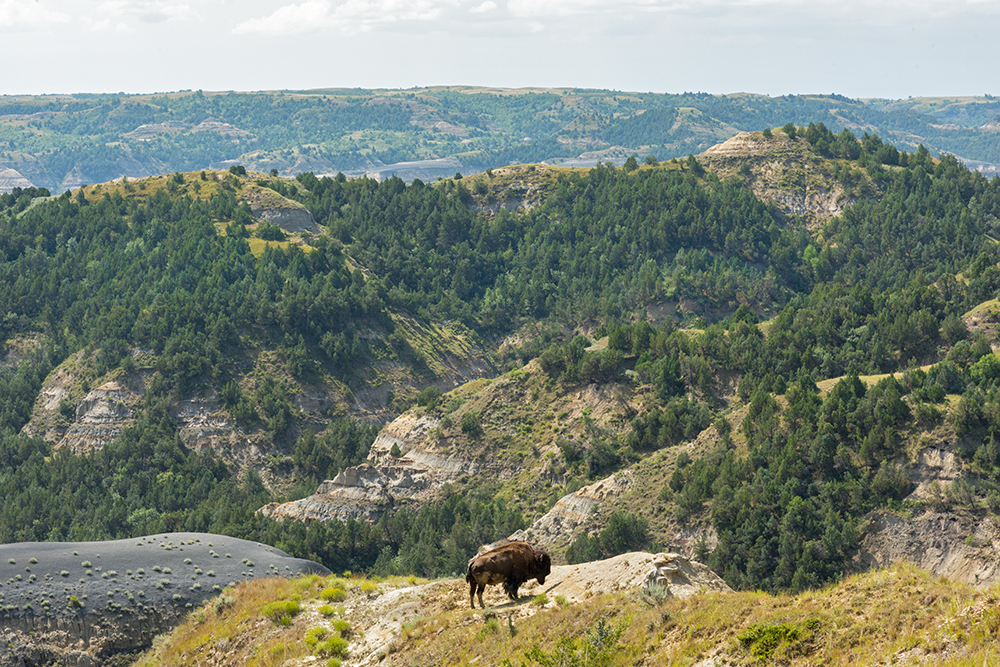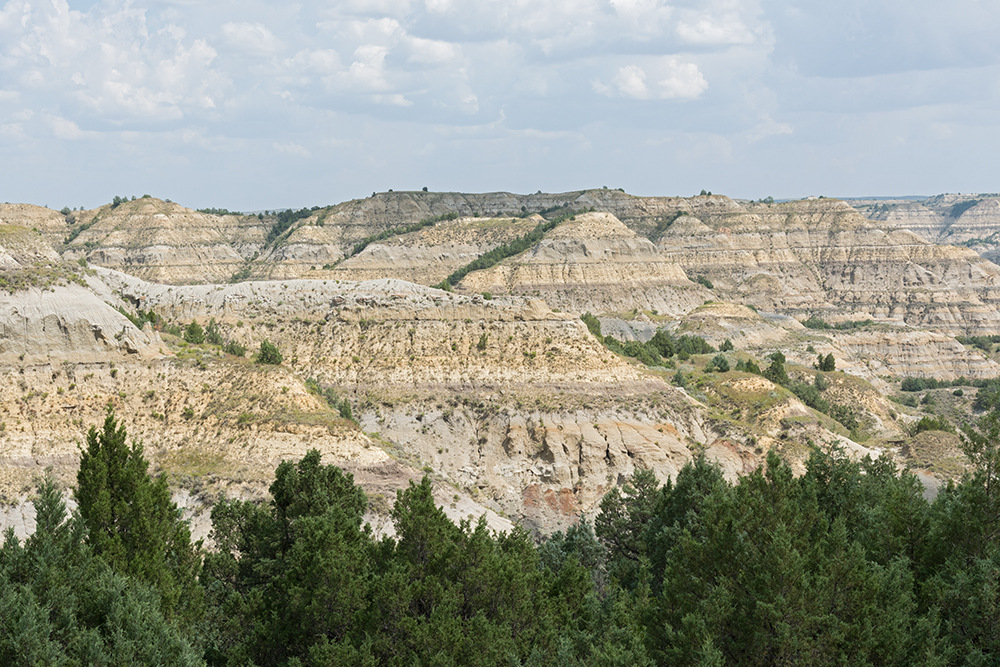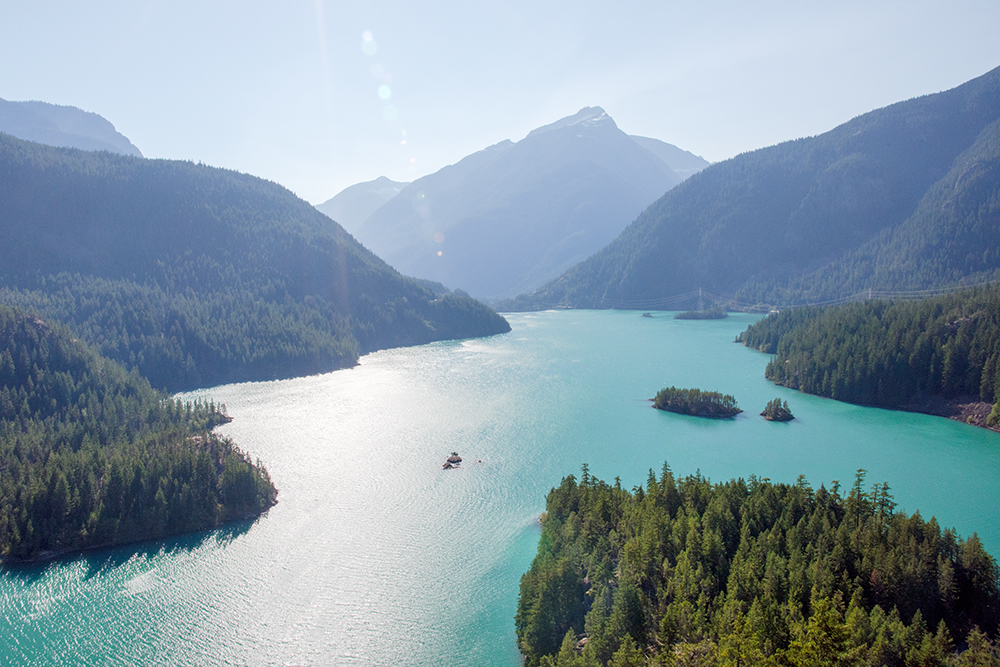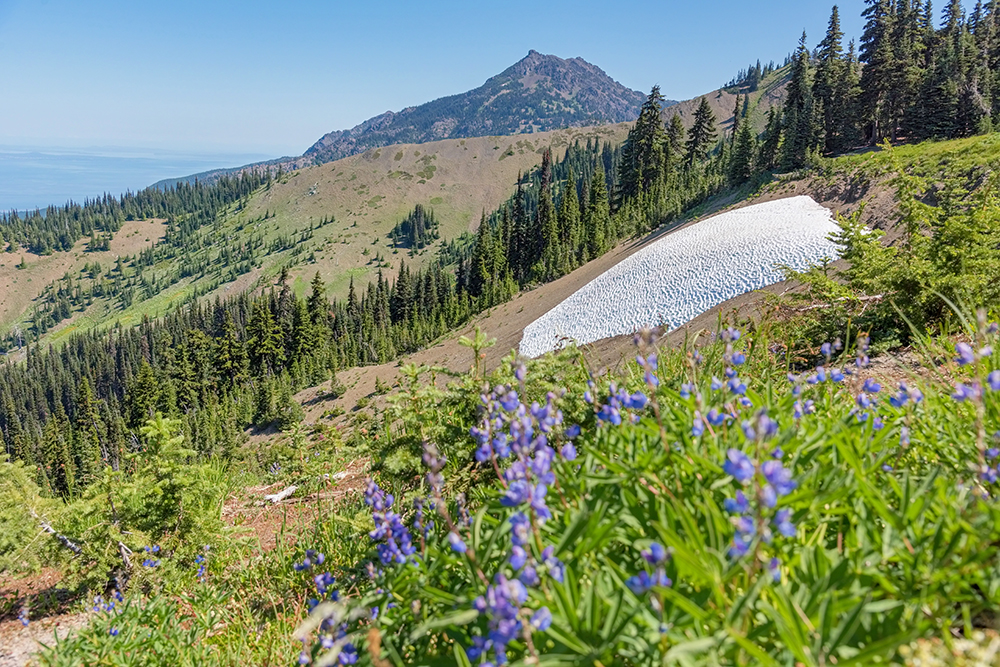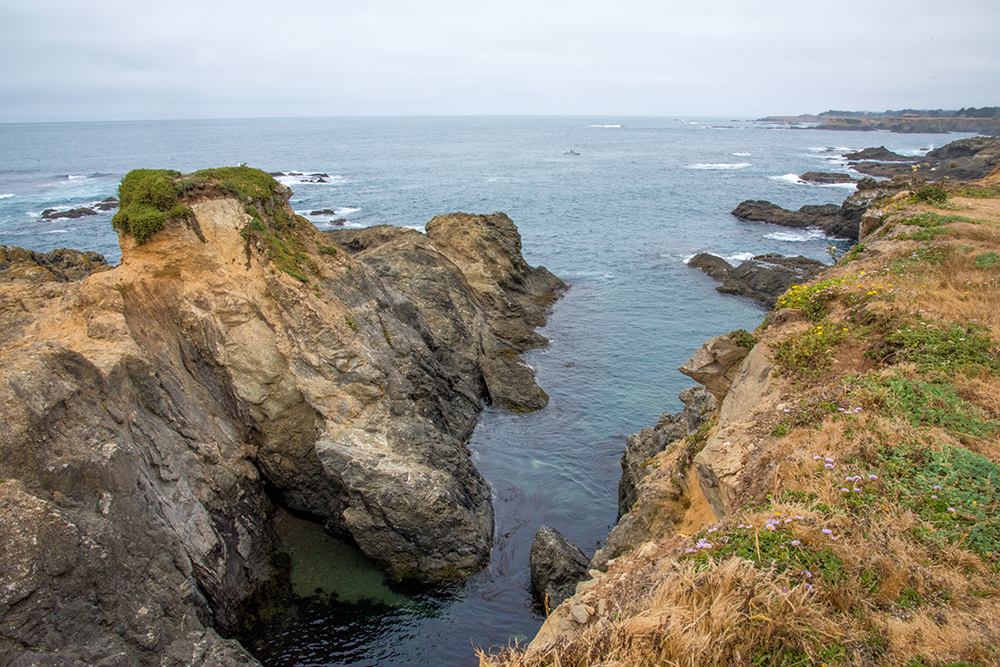Gros Morne National Park, Broom Point
Victoria Beyer
EASTERN CANADA ROAD TRIP 2019
I’ll never forget our trip to Broom Point in Gros Morne National Park, because it is where we first saw minke whales. There were a couple of them surfacing right off the point and we watched them for a while. Trying to guess where they will surface next and watching the top of the water for motion just never gets old. The interpretive staff identified them for us, but the whales were not close enough to get a good photo.
But why were we at Broom Point in the first place? Every summer for about 34 years, the Mudge family - three brothers and their families - would set up in the cabin (the white building) and use the area as a base for fishing lobster, cod and salmon. Today you can see all the equipment they used and learn about the process from knowledgeable local staff. Our guide was raised in a fishing family nearby and was able to answer all our questions. This exhibit really helped us understand what a labor-intensive activity this was, and just how important it was to not only the Mudge family, but many like them up and down Newfoundland’s coast.
The surrounding landscape was just gorgeous, and we had fun looking in the tide pools at the site.





